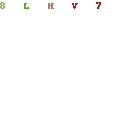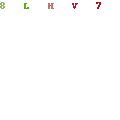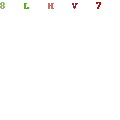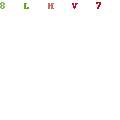Chinese New Year

Celebrated on the first day of the Chinese Lunar Calendar, this is the most important annual festival for the Chinese community. Each year is named after one of the 12 animals according to the Chinese Zodiac.Houses are cleaned and decorated to prepare for the big day.
Debts are settled, prayers and offerings are made. New clothes are bought and plenty of food are prepared.
Family members from far come back for the gathering. New year cards are exchanged between friends and relatives. A reunion dinner for the family is held on the eve of the new year.Bad language and unpleasant topics are discouraged.
There are lion dances and small fire works. Red paper showing Chinese characters of prosperity and wealth are pasted either in front or inside the house. Ang-Pow or red packet containing money is given out to children and elderly. Open house is practised for visiting relatives and friends with various ethnic races. The new year is lasted for fifteen days which the concentration is on the first three days. The celebration ends with the Chap Goh Mei on the fifteenth day.
There are 2 versions as to the origin, but both involves the conquest of a legendary beast Nian.
Version 1: The beast Nian (modern Chinese means "year") would come out from the mountains and prey on people on the eve of a new year. People are terrified. Then, an old man said that it feared loud noise and red colour. Hence, before its arrival on the eve, people would put up red paper on their doors and windows and when it comes, all would start to hit drums, pots, light fire crackers to scare the beast away. Indeed the plan worked and from then on, Nian did not
appear anymore. Hence the beginning of red paper decorations, lighting of fire crackers and lion dance.
Version 2: Nian had a very big mouth and would swallow a great many people with just one bite. One day, an old man came and offered to subdue Nian. To Nian he said, "I hear say that you are very capable, but can you swallow the other beasts of prey on earth instead of people who are by no means of your worthy opponents?" So, swallow it did many of the beasts of prey on earth that also harassed people and their domestic animals from time to time. After that, the old man disappeared riding the beast Nian. He turned out to be an immortal. Now that Nian is gone and other beasts of prey are also scared into forests, people began to enjoy their peaceful life. Before the old man left, he told the people to put up red paper decorations on their windows and doors at each year's end to scare away Nian in case it sneaked back again.
Chap Goh Mei

it probably began as a harvest festival where Chinese agrarian communities celebrate and rejoice over their harvest.
It’s origin goes back to the legend of Chang-E and Hou Yi : the earth once had ten suns circling it, each taking its turn to bring light and warmth to earth. However, one day all ten suns appeared together. The heat was so scorching and unbearable. A strong archer named Hou Yi came out and succeeded in shooting down nine suns. He was later made the emperor but
after that he became a tyrant.
He wanted the elixir of life so that he can continue to rule forever. In order to save the people from his tyranny, his wife Chang-E stole the elixir and comsumed It herself. She then floated to the moon taking along her pet rabbit with her. Hence started the legend of the lady in the moon with her Jade Rabbit.
Zhong Qiu Jie was given new meaning during the 14th century when Zhu Yuan Zhang plotted against the Yuan dynasty started by the Mongolians. The rebels hid their messages in the mooncakes. Zhu eventually succeeded in overthrowing the Mongolian rule and became the first emperor of the Ming dynasty. Although Han rule was taken over by the Manchus in the 17th century (Qing dynasty), Zhong Qiu Jie continues to be a commemoration of the
overthrow of the Mongolians by Han people.















No comments:
Post a Comment